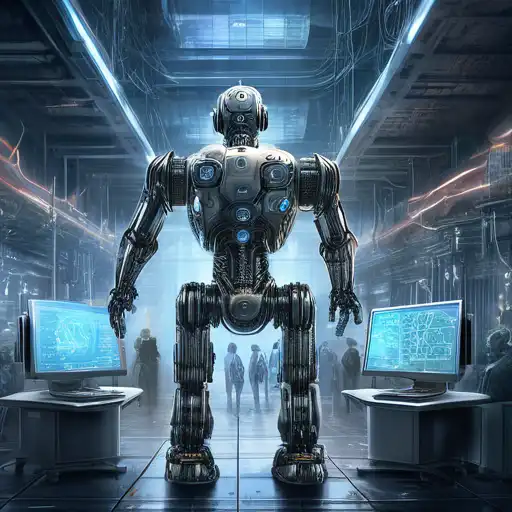Understanding AI and Machine Learning
In the realm of technology, Artificial Intelligence (AI) and Machine Learning (ML) are two of the most talked-about topics. While they are often used interchangeably, they represent distinct concepts with unique applications and implications. This comparative study delves into the nuances of AI and ML, shedding light on their differences, similarities, and how they are shaping the future of technology.
What is Artificial Intelligence?
Artificial Intelligence is a broad field of computer science focused on creating systems capable of performing tasks that typically require human intelligence. These tasks include problem-solving, understanding natural language, recognizing patterns, and making decisions. AI can be categorized into two types: Narrow AI, which is designed for specific tasks, and General AI, which possesses the ability to understand, learn, and apply knowledge in various contexts.
What is Machine Learning?
Machine Learning, a subset of AI, involves the development of algorithms that allow computers to learn from and make predictions or decisions based on data. Unlike traditional programming, where humans write explicit instructions, ML systems improve their performance over time as they are exposed to more data. ML is further divided into supervised learning, unsupervised learning, and reinforcement learning, each with its unique approach to learning from data.
Key Differences Between AI and Machine Learning
- Scope: AI encompasses a wider range of technologies and applications, while ML is specifically focused on data-driven learning.
- Functionality: AI aims to simulate human intelligence across a broad spectrum of activities, whereas ML seeks to enable machines to learn from data to perform specific tasks.
- Dependency: ML is dependent on data to learn and improve, but AI systems can operate based on predefined rules without necessarily learning from data.
How AI and Machine Learning Work Together
Despite their differences, AI and ML complement each other in many ways. ML algorithms are often the engines that power AI systems, enabling them to learn from data and improve over time. For example, AI applications in everyday life, such as virtual assistants and recommendation systems, rely heavily on ML to process and learn from user data to provide personalized experiences.
The Future of AI and Machine Learning
The integration of AI and ML is driving innovation across industries, from healthcare to finance and beyond. As these technologies continue to evolve, we can expect to see more advanced applications that further blur the lines between human and machine capabilities. The potential for future tech trends powered by AI and ML is limitless, promising to revolutionize how we live, work, and interact with the world around us.
In conclusion, while AI and Machine Learning are closely related, they are not the same. AI is the broader concept of machines being able to carry out tasks in a way that we would consider "smart," while ML is a current application of AI based around the idea that we should be able to give machines access to data and let them learn for themselves. Understanding these differences is crucial for anyone looking to delve deeper into the world of technology and its future possibilities.
